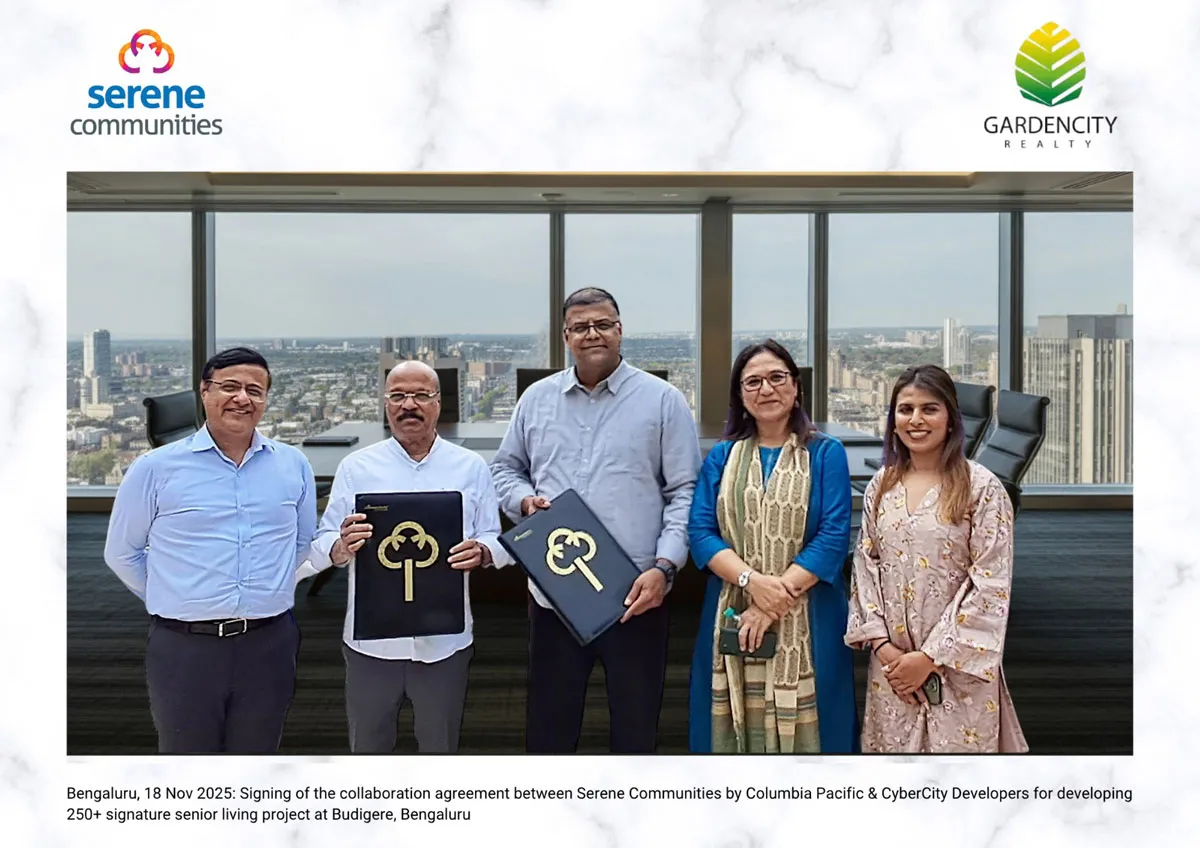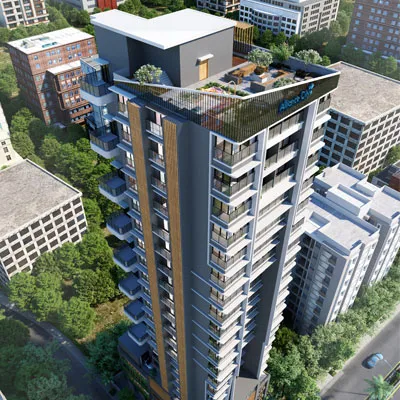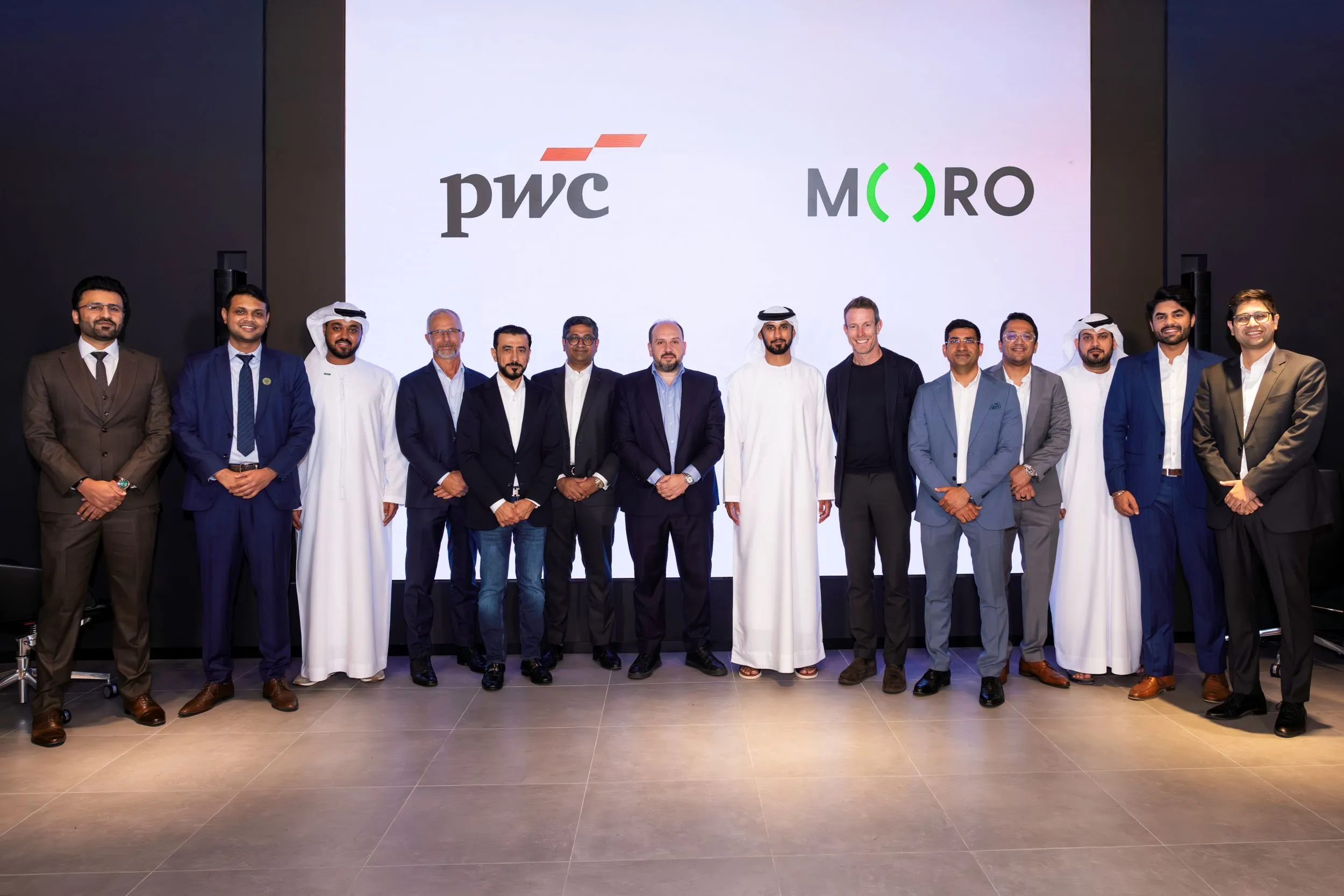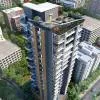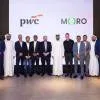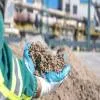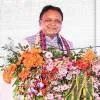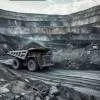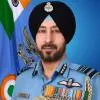K Srinivas, Secretary, Government of Gujarat
Gujarat is planning to commemorate the memory of Sardar Valabhbhai Patel, long hailed as the man who almost singlehandedly brought the country together, with a statue planned to be the world's tallest. Named the 'Statue of Unity', by the Chief Minister Narendra Modi, the 182-m-tall monument will leap up at Sadhu Bet, a small island in the River Narmada, in the vicinity of the Sardar Sarovar Dam. The project is being part implemented under the public-private partnership (PPP) mode, and the rest under the conventional mode.
K Srinivas, Secretary, Government of Gujarat, who will steer the implementation, spoke to SHRIKANT RAO on the contours of the project.
Tell us about your role in the Statue of Unity project.
This is a project from which the country can derive inspiration. It is intended to be a base for a renewed resurgence of Indian nationalism. I am a Secretary to the Gujarat government and member secretary of the Sardar Vallabhbhai Patel Rastriya Ekta Trust (SVPRET), the SPV created to implement this project. The trust is chaired by Chief Minister Narendra Modi and has an executive council with top civil servants on board; it is in a quasi government format. It is my job to get the project implemented. We are focused on looking at the nuts and bolts.
Tell us about the progress made so far.
The idea got rolling about two years back. Sardar Sarovar is one of the biggest projects of our country and associated with the memory of Sardar Patel. In fact, it contributes to more than 30 per cent of the Bharat Nirman targets of the Government of India. So that helped in terms of getting a fix of the geographical location. We have engaged a consortium led by Turner Project Management India Pvt Ltd to independently verify whether the selected site was the best. We have gone through detailed technical, geophysical and seismological studies. We are looking at drawings submitted by the consortium and will begin the bidding process where we want to invite the best players in the world to come and construct the project in a certain timeframe. On completion, the Statue of Unity will be the tallest statue in the world at 182 m.
What is the timeline you have in mind?
We are discussing a construct time of about 36 to 42 months. Our target is to award the contract early this year. This is a huge project. It is not just about a statue at all. The larger purpose is to use an icon as the centre for development in an area that has been largely undeveloped relative to other parts of the state.
What is the estimated cost of this development?
We are waiting for the bids process to throw up a number but Rs 2,500 crore is broadly the outer for the first phase. This involves the statue itself and some core infrastructure. It is a 182-m statue; 182 because the Gujarat assembly has 182 constituencies.
Many will see that as symbolism...
It is not symbolism. It is really a new model of "Icon-Based Development". We want to build and develop human resources, infrastructure, universities, clean technology and many other things including entertainment and tourism around the core 'Icon'. The statue and Phase I of the project are actually a part of a larger plan to use an icon as the basis for bringing in investment for these things and generate huge employment.
Is political and public thinking in alignment with this project?
There is a lot of convergence in our mind. We know where we are going. Earlier, you saw the transit-based development model in Gujarat, which we initiated around 2003-2004. That was where we introduced roads and good infrastructure, which led to the state becoming a hub of growth. We articulated new urban development through an innovative programme called Gujarat Urban 2005, which predates JNNURM. I believe JNNURM learnt a huge amount from this policy because it followed us by a few months. We now have an icon-based development model. Sardar Patel would have liked to be remembered as somebody who united the country, inspired good for the masses. We are trying to use the democratic, nationalistic model he represents and create a new era of engagement between people and the state.
How much of the Rs 2,500 crore will go towards the construction of the statue?
The first phase involves three parts. It is a 19,000-plus sq m construction. Construction is in two parts: the pedestal and the statue itself. The pedestal is currently planned to be approx 25 m and statue would be 157-m tall. Then there is infrastructure needed to support this in the construct phase and later in the use phase, things like bridges and access points. Third would be building a promenade and local area development. Lastly, you need spaces to accommodate various activities, including the management of the project.
What is your assessment of the tourist potential for the project?
Our current numbers are predicated on the basis of what currently attracts people. Annually, we have around 7-8 lakh at Kevadia, but then it is misleading because this happens in the 30-40 days when the Narmada is overflowing. So imagine if there are 40,000 visitors in monsoon season to see the river, what might be the case when you have the iconic statue in place?
What additional infrastructure are you planning around the statue?
We will have to build connectivity. We will strengthen the road and transit networks. We will have to build hospitality infrastructure. Finally we have to build Industry-like infrastructure to support the emergence of high-end research facilities, universities, skill and human resources training centres for the adivasi population and so on.
What is the total area earmarked for the project?
Currently, we are looking at around 2 sq km in the first phase; as we expand on the other side, there are a lot of forested areas but that will not be touched. We have actually been looking at some strips and broader area development in the first phase. The second phase will be much larger where we will look at connectivity issues and larger infrastructure and examine what kind of larger employment generation is possible.
Tell us about the opportunities available here for the construction industry.
The first opportunity really is to be associated with perhaps Asia's most iconic structure. The second; anybody who gets engaged with the project will tackle these technological challenges and become a far better company at the end of the project, and better known. Naturally, they will make some money from it. Besides, I think it will spin off a huge revolution in the construction capability of the industry. So far there is not a single structure that has dealt with so much of steel with such complexity, with such level of detail and at such heights, dealing with all facets and elements starting with ground acceleration in terms of seismological forces, drift, waves, floors, wind pressures at 182 m at an excess of 80 miles an hour. So anybody who participates in this process is bound to be tested by fire.
Are you looking to have indigenous expertise or relying on foreign firms?
It is an international competitive bid and everyone is welcome. We hope Indian companies will come forward and participate, if not on their own strength at least in a consortium format. It will also enhance our understanding of how to manage some of these complex construction efforts. Indian industry has grown so much in the past 10 to 12 years. We hope we can award the contract in the next three to four months.
What materials will be required?
It is primarily steel and concrete. It is a clad statue with a core of concrete. We are in the process of finalising the cladding material. But essentially it is a steel structure.
Tell us about the funding for the project.
Currently, we have some amount of public support in the form of donations; we have raised about Rs 275 crore and received some government support. Money is really not a major issue. In terms of the commitment of the state government is unstinted. The larger Indian and Gujarati diaspora spread all over the world is a major source of support; in addition we are reaching much beyond Gujarat to every Indian and Indian institution. This is very much a pan-Indian vision of our chief minister and should inspire every Indian. So we are working out a detailed financing plan so that everybody who wants to invest or participate will get an opportunity to do so. He desires that this project should challenge every Indian to excel and become the motive force for resurgent excellence in India, and so the motto of the project is "Ek Bharat-Shresht Bharat, United India-Competent India".
Statue of Unity
Project: Statue of Sardar Vallabhbhai Patel
Height: 182 m
Location: Facing the Sardar Sarovar dam on the Narmada
Cost in first phase: `2,500 crore
Attractions: A 400-ft viewing gallery; museum on the life of Sardar Patel; audio-visual gallery; restaurants and recreational spots; sound and light shows depicting the efforts of unification of India; ferry services
Process: Competitive bids to open in three to four months
Completion of first phase: 36-42 months
Mode of implementation: Conventional Contracting and PPP
Consultants consortium: Turner Project Management India Pvt Ltd, Michael Graves and Associates Inc USA, Meinhardt India Pvt Ltd
To share your views on this interview, write in at feedback@ASAPPmedia.com

